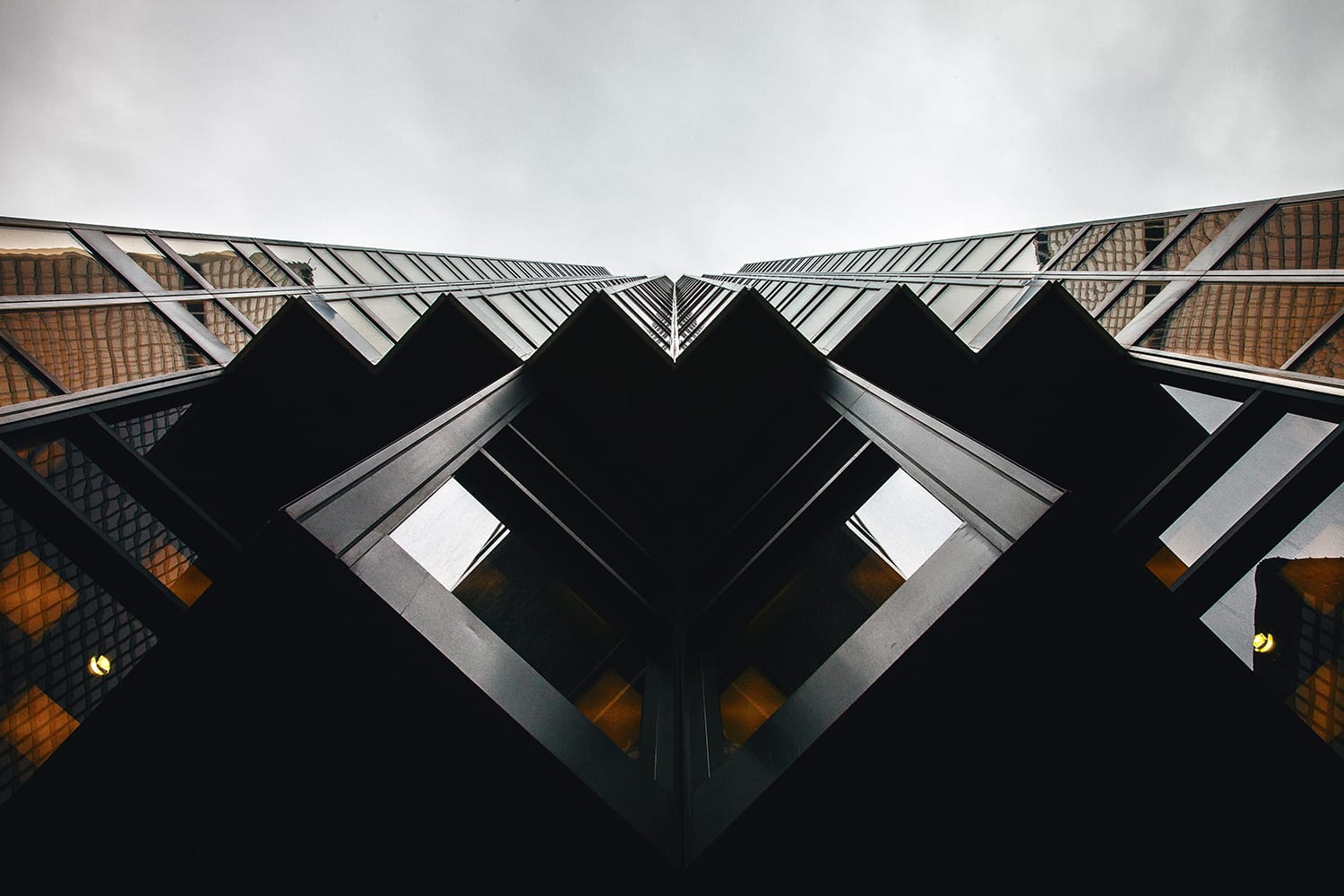How to Use Symmetry to Create Stunning Compositions
Over the last few years, with the rise of smartphones and social media apps, there’s also been a rise in the number of people who have taken an interest in photography.
Whether you take photos solely as a hobby or you’re looking to join the 132,000+ people throughout the U.S. who are employed as photographers (and that’s just the U.S.), there are some important tips you need to know if you want to take your photos to the next level.

One of the key principles every photographer needs to understand is the idea of symmetry. Read on to learn more about it and how you can use it to create truly stunning photographs.
What is Symmetry?
Most photographers know that balance is key if you want to create a nicely composed photo. Symmetry takes things one step further and is the ultimate form of balance.
In a perfectly symmetrical photo, both sides are identical. If you folded the picture in half, you’d get the exact same image on either side – think about when you fold a piece of paper in half and cut out a heart, for example.

Keep in mind, though, that a photo doesn’t have to be perfectly symmetrical to still be a good example of symmetry and balanced composition.
The idea is to have a sense of symmetry and not overthink it – in nature, things are rarely perfectly symmetrical. Even man-made objects and buildings are not always symmetrical.
For example, there can be symmetry in the frame or slight deviations in the symmetry that draw the eye and keep the viewer interested.

Why Does Symmetry Matter?
Humans, in most cases, are naturally drawn to a sense of symmetry. People like things that seem perfectly balanced. It creates a feeling of harmony within a photo that draws people in and keeps them engaged.
This isn’t to say that every photo needs to be symmetrical in order to be interesting. Symmetry is merely one more tool in your photography toolbox.
It’s an important one to understand, though, especially when you’re first getting started.

Types of Symmetry
In order to understand how to create symmetry and use it in your photos, you first need to understand the different types of symmetry. The following are the four main types that photographers ought to be aware of:
1. Reflectional
Reflectional symmetry is perhaps the most popular example of symmetry. A photographer uses reflectional symmetry is you can draw a line through their photo and have identical (or nearly identical) images on either side of that line. In most cases, the line is vertical, but it can be horizontal as well.
2. Rotational
Rotational symmetry involves a pattern that rotates around a specific point in the photo. An image that features a circular plate with a pattern printed all around it would be an example of rotational symmetry.
3. Translational
Translational symmetry can be tricky to explain. An image features translational symmetry when an object appears to have been slid along a plan without being flipped or rotated. It’s as if the image has been duplicated again and again. An example might be a tile floor or a brick wall.
4. Glide Reflection
Last, but not least, there’s glide reflection symmetry. With this type of symmetry, objects appear to be reflected, but they’re placed at different points along an axis. An example of glide reflection symmetry might be footprints or pawprints in dirt or sand.

Where to Find Symmetry
Now that you’re aware of the principle of symmetry, you’re likely going to have an easier time spotting examples of it when you’re out scouting for photography locations or working with a client. If you’re not sure where to start looking, though, keep these examples in mind:
- Rows of windows
- Trees on either side of a residential street
- Rows of flowers, plants, or bushes
- Reflections in puddles, ponds or lakes
- Bookshelves
All of these are great examples that you can make use of when you’re working on the composition of a photo and want to incorporate a sense of symmetry.

Remember, you can find symmetry in nature or out on the streets quite easily if you’re actively looking for it. There are also plenty of opportunities for you to create your own symmetry when you’re composing your photos. Don’t be afraid to move things (or people) around to get the look you want.
Try it Today
If you’ve never paid much attention to symmetry before when thinking about the composition of your photos, now is the perfect time to start. Keep these tips on how to create symmetry and balance in mind as you get out and start practicing.
It might take you some time to get the hang of making use of symmetry in your photos. The more you practice, though, the easier it’ll become.
